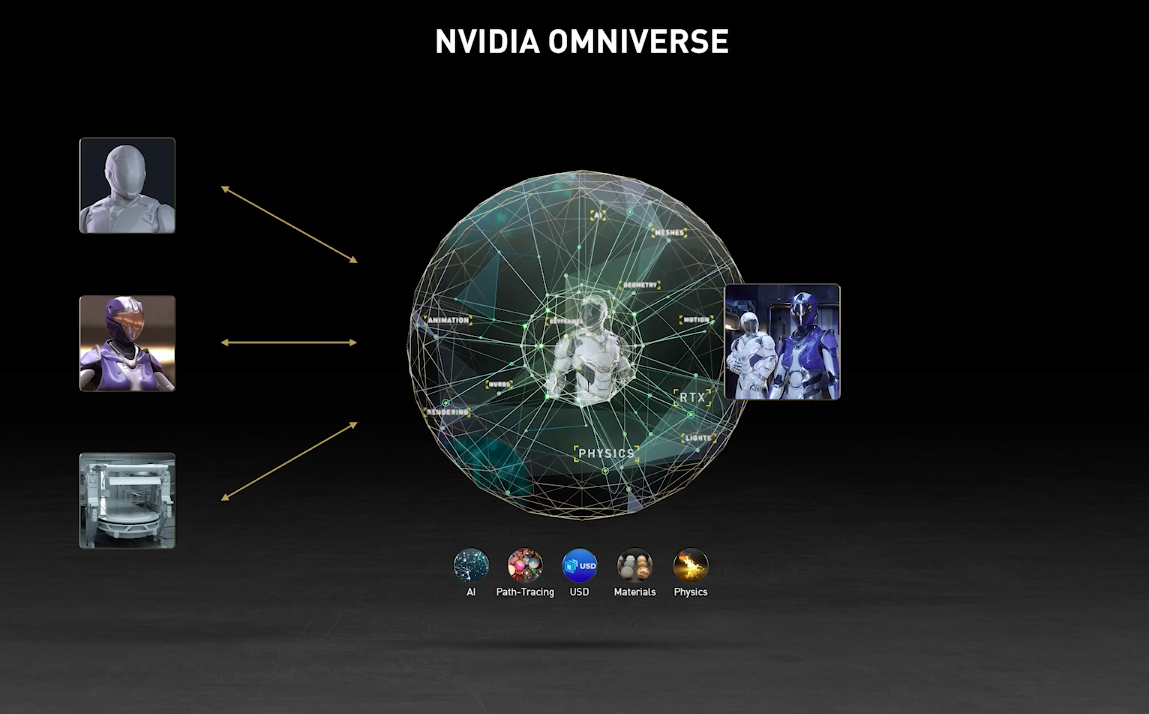In the ever-evolving landscape of technology, virtual worlds are proving to be more than just playgrounds for gamers. NVIDIA’s Omniverse project is leading the way in harnessing the power of virtual spaces for practical purposes like urban planning, infrastructure development, and even testing autonomous vehicles.

Omniverse brings together cutting-edge real-time ray-tracing technology from NVIDIA’s latest graphics processing units with an assortment of open-source tools. The result is a platform that allows collaborative creation and exploration in stunningly realistic 3-D environments.
Architects, such as the renowned Foster + Partners, are leveraging this technology to visualize intricate building details at an early stage in the design process. The ability to immerse themselves in a photorealistic virtual space enables architects to refine and perfect their designs, ensuring a seamless transition from concept to reality.
Beyond architecture, companies like BMW are embracing the concept of a “digital twin.” This involves creating a virtual replica of physical spaces, like factories, to explore and test various scenarios. In BMW’s case, they’ve developed a digital twin of one of their factories, offering the opportunity to optimize assembly-line processes for greater efficiency.
The collaboration aspect of Omniverse adds another layer of innovation. Teams can work together in real-time within the virtual space, making adjustments and refining plans on the fly. This dynamic collaboration significantly accelerates the design and planning phases of projects, ultimately saving time and resources.
For architects, urban planners, and engineers, the benefits of Omniverse extend beyond the realm of convenience. The platform serves as a valuable tool for testing ideas and scenarios before committing to physical construction. This not only streamlines the development process but also minimizes the potential for costly errors.
In the automotive industry, where precision and efficiency are paramount, the use of virtual worlds is a game-changer. Manufacturers like BMW can simulate different assembly-line configurations, ensuring that the chosen layout is optimal for productivity and resource utilization.
As the world becomes increasingly interconnected, the demand for innovative solutions in urban planning and infrastructure development continues to grow. Virtual worlds offer a unique opportunity to explore and refine ideas before breaking ground, contributing to more sustainable and well-thought-out projects.
Leave a Reply